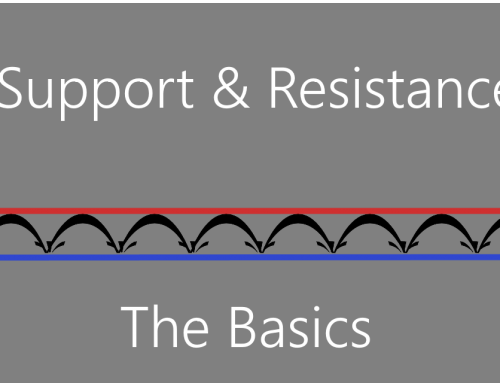As active traders we interact with Wall Street on a regular basis, so we’ve become accustomed to the ever-changing personalities of the stock market. As challenging as online stock trading may be sometimes, we’re fortunate to know the “real” Street – that gritty pavement zone where the rubber meets the road.
This view is in contrast to the average investor who usually has a rather naive impression of how things work. Investors typically only have contact with the stock market once or twice a year. Though they may not know it, relying on casual or occasional oversight of one’s stock holdings is not the best route to take.
As a rule the only person who really cares about your finances is you. There may be some rare exceptions, but in the stock market it usually isn’t a good idea for investors to delegate fiscal responsibility to someone else.
Proactive stock market trading causes a person to develop skills and learn quickly. Successful stock traders know that a good education is essential. Though many investors are in denial about their limited abilities, many others have developed skills to take advantage of a constantly changing stock market. This trend toward intelligent trading appeals to investors who want to be more capable.
In spite of being viewed as river-boat gamblers, professional stock traders are generally regimented and highly skilled. This combination of discipline and expertise comes from the constant repetition involved in actively trading stocks. There’s no substitute for the knowledge gained from realtime market interaction. Trading is a fast teacher, compressing decades of “normal” investing experience into just a few years.
Long-term investors sometimes look at the short-term aspects of resources like the RightLine Report and immediately assume that the recommended strategies don’t apply to them. In fact, even with the obvious differences in time frame, all of the basic principles of intelligent short-term trading apply to long term investing as well.
Such as . . .
– Detailed Planning – Ask the average investor to show you his or her investment plan and you’ll probably get sidestepped. In fact, most investors don’t have a real plan.
– Technical Analysis – Regardless of any other reason to buy a stock, the charts should always be used for timing entries. Support and resistance has a huge impact on stock price movement.
– Risk management – Investors rarely use proper position sizing techniques before buying. This means they are over-exposed to risk immediately after a purchase, and often take damaging losses before they even realize what has happened. Choosing the optimum number of shares to buy in relation to personal account size provides a layer of protection every investor needs.
– Trade management – This is where the rubber meets the road. Just looking at a monthly statement once a quarter rarely works in the real world of investing. Every investor should review their portfolio at regular intervals, and use trailing stops as part of their exit strategy. It’s important to know when to get in, but when it comes to making money in the stock market, knowing where to get out is worth even more.
Bottom Line: In reality short-term trading is an efficient way to learn how to invest. Contrary to public opinion, trading is also more productive and much safer than investing – especially the way most folks invest.
Intelligent traders use proven market principles that work in any time frame. My associates and friends who just “invest” in the stock market are usually surprised to discover that the RightLine Report and website is very relevant to their situation – even if they don’t “trade”.






